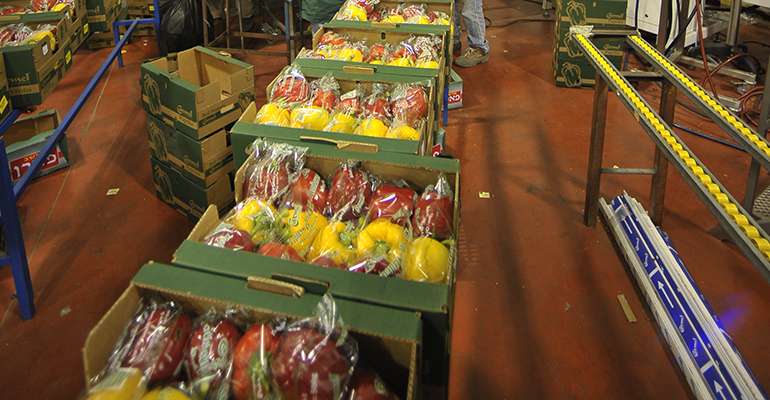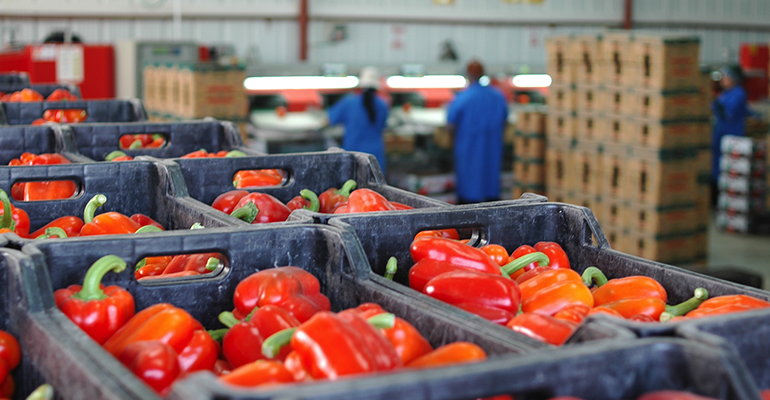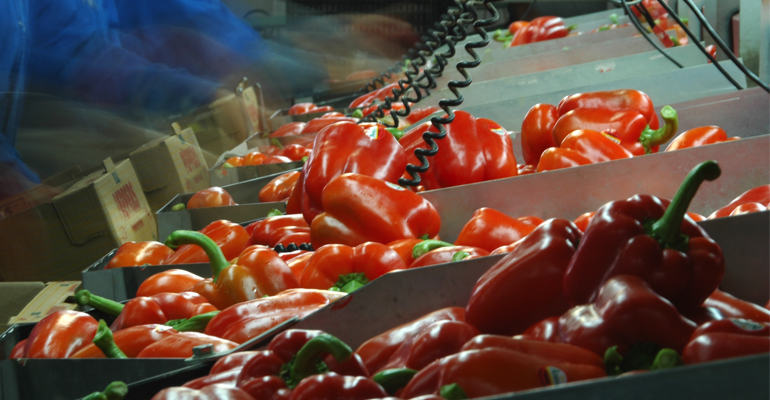Postharvest
The R & D Postharvest Division specializes in two main areas:
- Quality Check of fruits after processing export simulation includes: Shelf life, color development, development of decay during storage. Assessment and quantification of fruits quality and an examination of taste flavors and health ingredients.
- Examining ways to extend the shelf life and preventing decay and other defects: Using thermal blankets, humidity systems, examining the fruit coating impact, the influence of various plastic bags and other packing materials. Creating storage and transport protocols for the different fruits.
Management

Mili Zanbar
Researcher, Coordinator
Team
Svetlana Gogohiu
Research assistent

Shiri Rotem
Technician
Contact
Fax
Recent Reports
-
15yearsago
Vine storage pepper Arava 2007/8
Postharvest, Vegetablesby Rami Golanתאריך עדכון 24/1/2009
תיאור מלא During the commercial cropping season, and particularly in the middle of the season, growers may choose to shade their pepper greenhouses using black shade nets, in order to delay the pepper harvest. There are two main reasons to delay the pepper harvest. The harvest may be delayed in response to low prices at harvest-time or a shortage of workers to harvest the produce. For these reasons, the frequency of pepper harvests may vary. Fruit may be harvested once a week, or left on the vine for 2-3 weeks after it is ready to be harvested. This means that sometimes, particularly in late February and early March, fruit may remain on the vine for a long time after it has ripened. During this period, there are increased complaints about fruit quality from buyers, particularly concerning short shelf-life, old fruit and rotten fruit, to the point that, in some years, export is discontinued during this period due to complaints about fruit quality. In an experiment that was conducted in a net-house at the Yair Research Station during the 2007/8 growing season, we examined the effects of delayed harvest and vine storage over different periods, together with the effects of shading on fruit quality at harvest and shelf-life. For this experiment, we transplanted (20 August 2007) cultivars Copla (Soli) and 7182 (Zeraim). Between 29 October 2007 and 22 November 2007, we marked unripe fruits in the study area (approximately 80 unripe fruits per treatment). On 15 December 2007, we covered half of the experimental area with shade netting. The marked fruits were re-marked when they changed color and 70% of the red fruit was defined as ready to harvest. Harvesting began on 21 February 2008. The harvests were arranged according to the number of days that the fruit was stored on the vine (0 = on-time harvest, or delays of 8, 13, 21, or 28 days). The harvested fruit was sorted and stored under conditions designed to simulate those surrounding fruit sent for export. This fruit was stored for 17 days at 7ºC and 96% humidity, and then for another three days at 20ºC. The fruit was then examined once again to determine its level of quality. The harvesting of fruit for this experiment ended on 13 April 2008.
The results of this experiment show that shading influences the time at which the fruit change color, and leads to the production of smaller fruits and fruits that have fewer cracks at harvest. Vine storage and delayed harvesting of pepper led to increased proportions of fruits that were old on the day of harvest, in all of the cultivars. The fruit that was stored on the vine for 7-10 days without any shading did not appear marketable following the storage period. The shading effect varied by cultivar. Fruit from the cultivars Copla and 7182 could be stored on the vine for two weeks and still reach buyers in marketable condition. In contrast, 100% of the fruits of 7158 that were stored for a similar period appeared old when they were harvested.שפה English
מחבר Rami Golan, Svetlana Gugiu, Katrina Krijova, Rivka Offenbach, Yoram Zvieli, Israel Tzabari, Dudu Elkayam, Eli Falik, Yoni Elkind
שנה 2009
שייכות yzvieli
תאריך יצירה 24/1/2009
תאריך עדכון 9/2/2012





